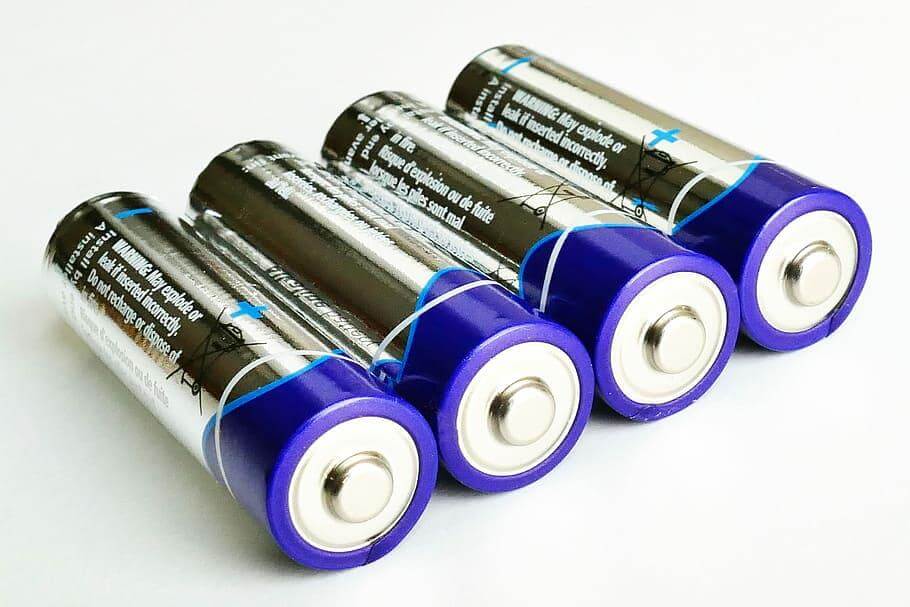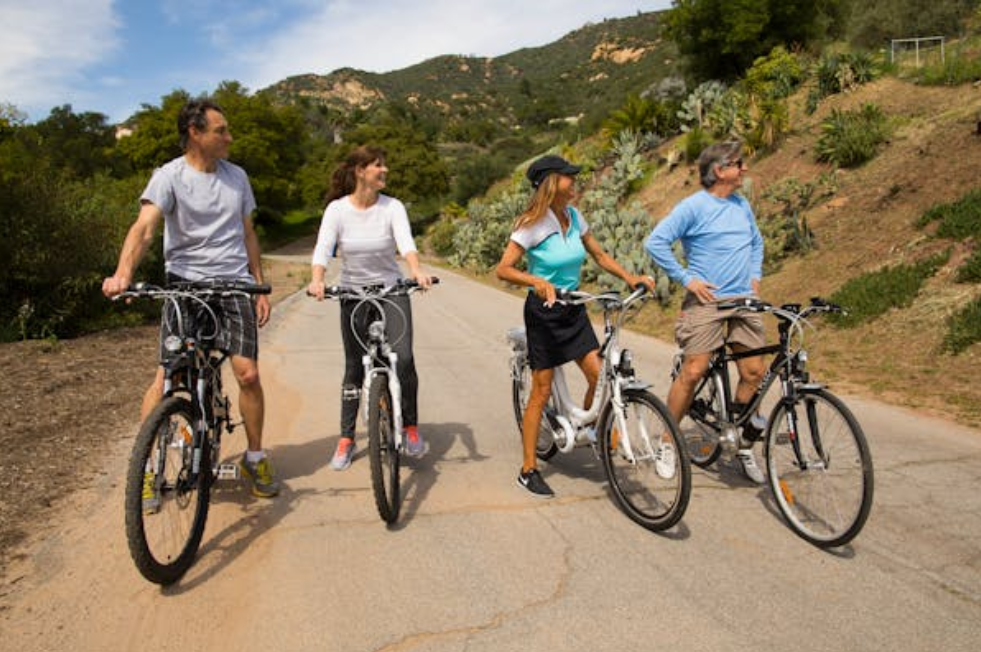As the e-bike market expands and new models emerge, so do the laws and regulations governing it. These global safety standards for e-bikes differ with locations, as some countries consider regulating motor power limits, enhancing safety measures, and establishing speed limits. These laws and regulations ensure a balance between usage rules and e-bike innovation.
Whether you are an experienced rider or new to the world of electric bikes, there are essential regulations, certifications, and safety standards that govern the use of electric bikes.

We have compiled this information to inform you of these standards. Whether you are an e-bike professional or you are just willing to dive into the world of electric bikes.
Electric Bike Safety Standards
Many countries have seen a significant increase in the adoption of electric bikes as a means of transportation, regardless of weather conditions.
This adoption reduced society’s reliance on fossil fuel vehicles, increasing the wind-on-face experience with electric bikes.
Electric bikes are an active form of safe and reliable transportation, especially for leisure or sport. Still, there are some laid-down safety guidelines you have to comply with before hitting the trails.

Here are some essential standards for the ultimate fun with your e-bikes. As they regulate, test, and certify consumer products like e-bikes for riders and public safety..
UL 2849, UL 2271, and UL 2272
The UL 2849 is popularly known as an essential standard for electric bikes in the US. Its focus is based on the e-bike electrical systems in conformity with the electrical and fire safety regulations. Components like the motor, display unit, batteries, cables, wiring, and charger are also evaluated.
Additionally, UL 2272 certifies the electrical systems of e-bikes, while UL 2271 evaluates the battery system.
However, all manufactured e-bikes need to undergo the proper assessment to obtain the UL certification. Getting certified under the UL Solution (Underwriting Laboratories) comes with a seal or sticker marked on the frame. The UL certification ensures the compliance of manufacturers, bike sellers, and owners with government policies.
Also, UL-certified batteries are safe to use. They guarantee safety and prevent the risk of fire, explosion, and electric shock.
EN 15194 (European Standard)
EN 15194 evaluates all electric bike mechanical and electrical components. This certification promotes road users’ safety for riders as it delivers maximum reduction in accident and malfunction risks
Also, EN 15194 standard emphasizes the compulsory functions, such as;
- Pedals
- Maximum battery voltage (48V DC)
- Motor power of 250W
- Speed limit of 25km/h (15.5mph).
In other words, it is a must for electric bikes to comply with safety regulations in most parts of Europe.
ISO 4210
ISO 4210 is a standard used to evaluate e-bikes and standard bicycles, which are manufactured and sold around the world.
This global standard is not mandatory. However, it evaluates aspects like the frame, material
strength, as well as other critical components.
Additionally, the ISO certification shows the performance level and safety standards of the electric bike for users to ride.
E-bike Rules and Regulations
Electric bikes are classified into three categories: Class 1 e-bikes, which come with pedal assist with a maximum speed of 20mph. Class 2 e-bikes offer both pedal and throttle with a motor assistance speed limit of 20mph. Class 3 e-bikes provide pedal assist with no throttle, motor assistance of 28mph, and a speedometer for safely regulated operation.
Beyond that, e-bike laws vary depending on location, as different countries and states define e-bikes differently. The laws include
- Adhere to the maximum top speed (20mph) powered by the electric motor while depending on the pedal assist feature.
- Abide by the standards in terms of mechanical and electrical safety of e-bikes.
- Follow the traffic laws and road rules.
- Understand the requirements for licences and age restrictions.
Helmet, lighting, and visibility regulations
These laws and regulations vary in locations. However, it is safe for riders to wear helmets, use reflectors to reduce head injuries, and increase visibility while riding.

Battery safety rules
Electric bikes are powered by lithium-ion batteries, which are known for their high energy density and benefits to the environment. However, the batteries can explode when they become defective.
- UL- certified batteries highly reduce the risk of overheating and explosion.
- Only use authorized chargers and avoid overcharging your batteries.
Safety Tips for Electric Bikes
- Never skip wearing a helmet while riding your electric bike.
- The right charger for your batteries prevents overheating, potential damage, or fire.
- For a safe and legal ride, understand the laws of electric bikes.
- Ride your e-bikes with a visibly integrated front and rear light to increase visibility to others on the road.
- Ride your electric bikes with proper footwear.
- Always watch your speed while riding to avoid brake malfunction, especially if you drive a class 3 e-bike.
- Buy quality electric bikes with built-in safety features like reflectors, e-bike class stickers, disc brakes, and motor interrupt brake levers.
Other things to know before and after owning an e-bike
- Different countries, states, and provinces have different minimum age requirements, especially in states like Alabama, Georgia, Florida, South Carolina, etc.
- Some states do not permit riding e-bikes without a helmet, such as Colorado, Florida, Alabama, etc.
- Some states require electric bike registration before usage to ensure it meets the standards.
Conclusion
Electric bikes are no doubt great for transportation or leisure. However, you have to understand and adhere to the safety standards and regulations that guide them.
Adhering to the global standards, ensures safe riding and prolongs the lifespan of the electric bike and its battery.
All e-bike riders should get to know these standards and regulations before and after getting one. Adjusting yourself to these regulations ensures safety for you, your e-bikes and other road users.
Besides, these standards reduce the risk of buying e-bikes that do not meet safety standards and certifications.
Planning to explore adventurously? Remember to ride comfortably and safely, adhering to the safety compliances in your location.



